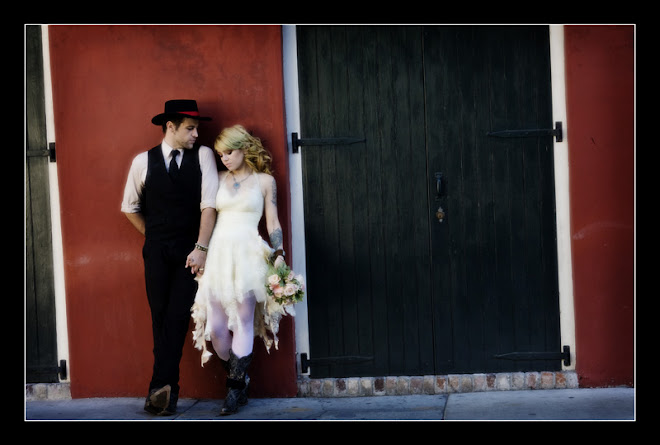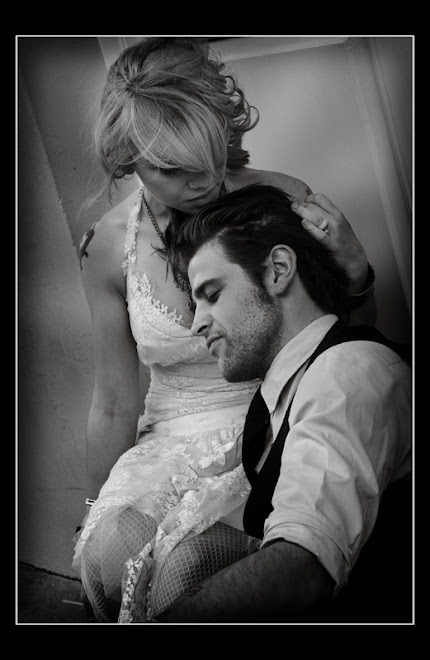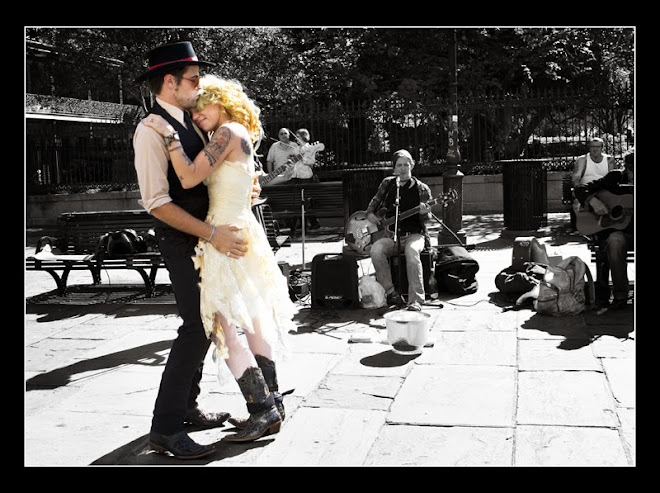To begin with, we all know the old rule of shooting outdoors means keeping the light at your back in order to light your subjects. Shooting with an on-camera flash essentially does the same thing and it works, but does it give the best results?
This type of light is called frontal lighting, and the end result is a flattened subject. There’s no roundness, and no dimension. The light is smooth and even on all surfaces. Is this a bad thing?
Consider this…the objective of writing with light is to make a 3-dimensional scene look 2-dimensional, and frontal lighting makes it one-dimensional. However a type of frontal lighting can sometimes be the most flattering for older people, women, in particular.
When light comes from the side, it rakes across the surface creating shadows and emphasizing texture. Women, generally speaking, don’t like lines and wrinkles emphasized. Moving an off-camera flash to a 45-degree angle and having your subject face it will give a more dimensional effect and still be flattering.
Using an on-camera flash requires special knowledge, skill, and experience. It isn’t applicable for every occasion, and knowing when and how to use it is a subject for future discussion.
Next time we’ll talk about how the distance of a light source affects your images. Until then…write with light, and create memories!





